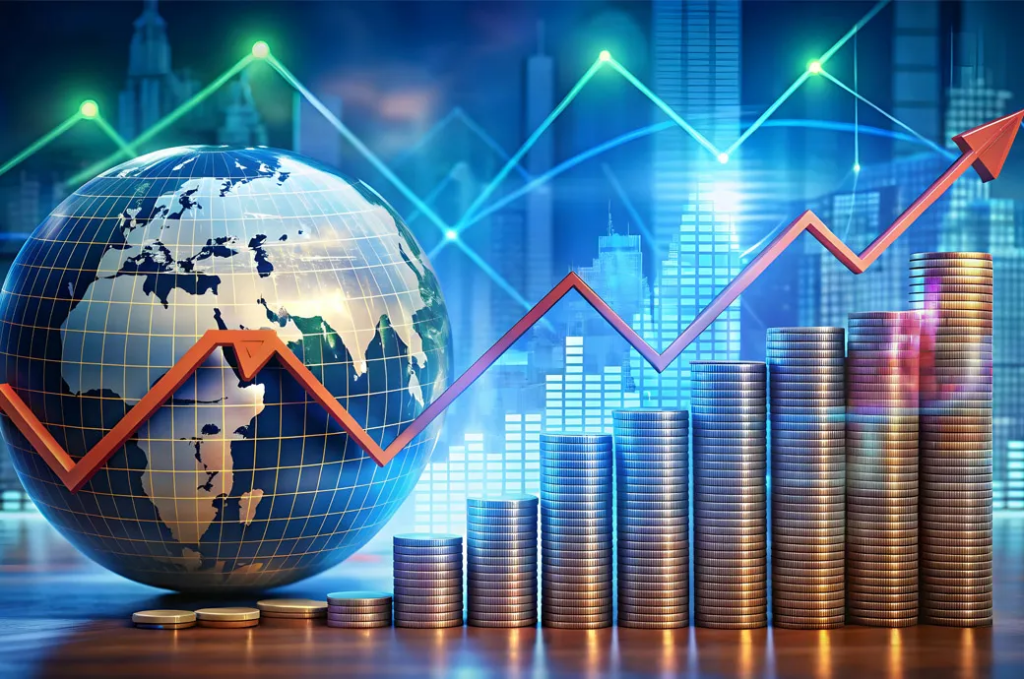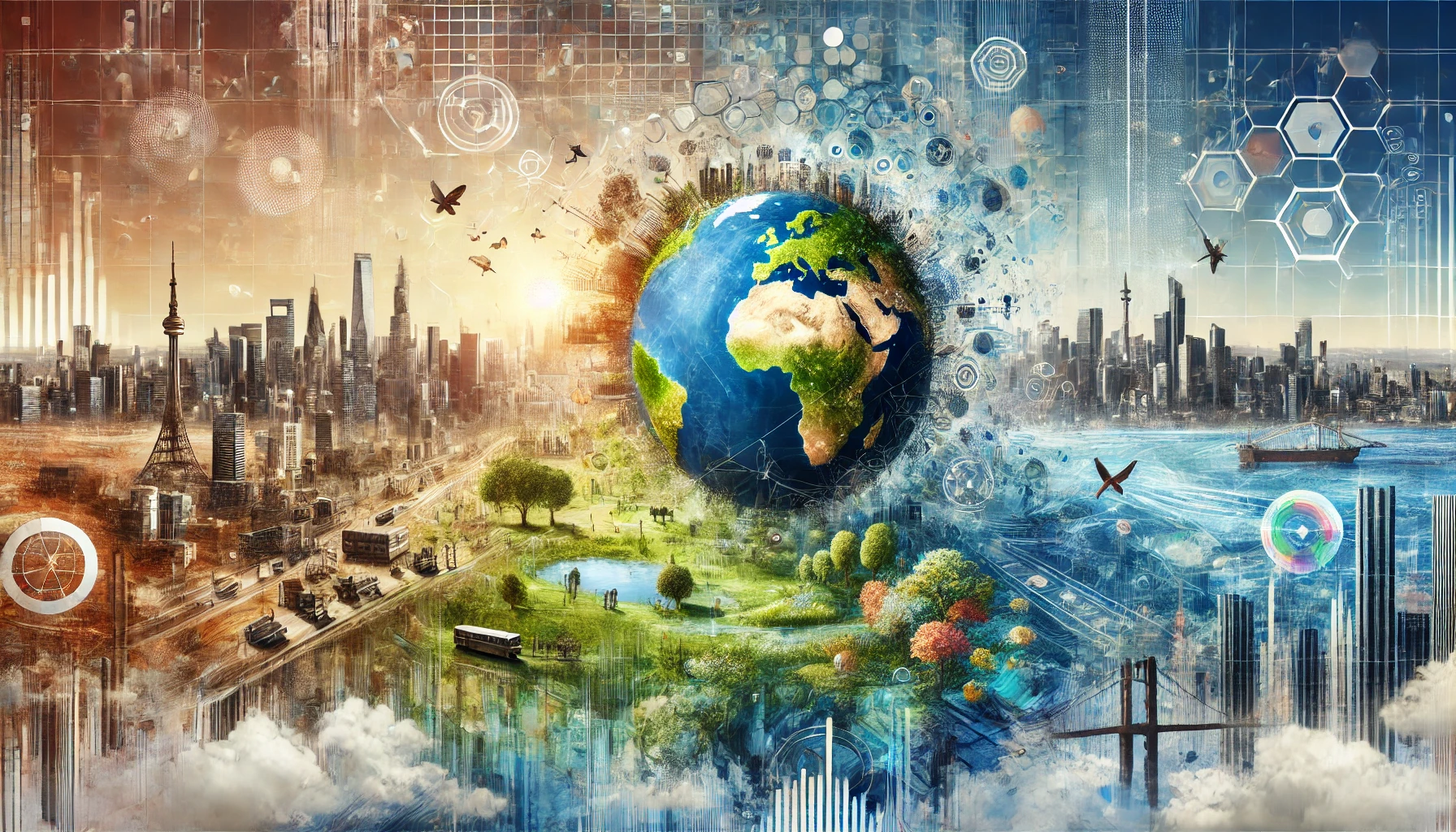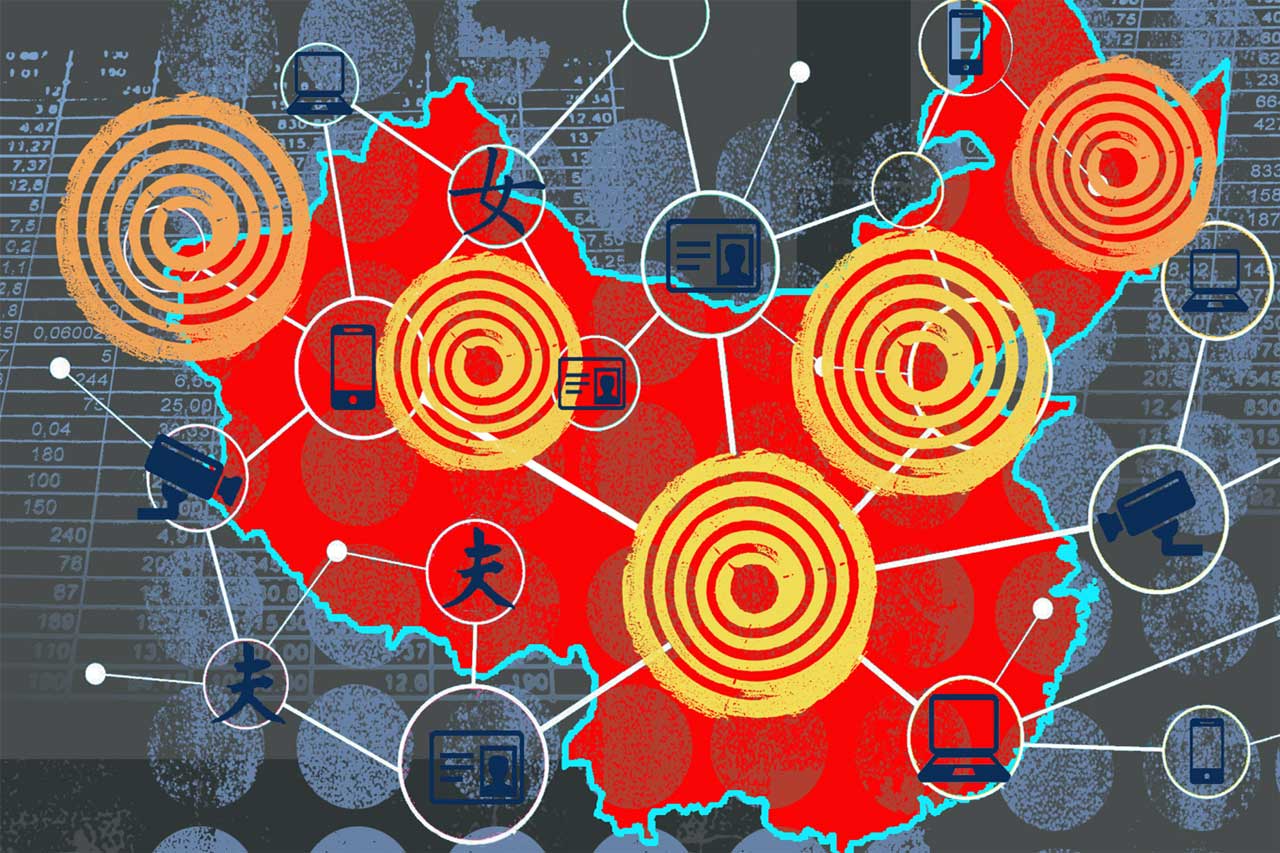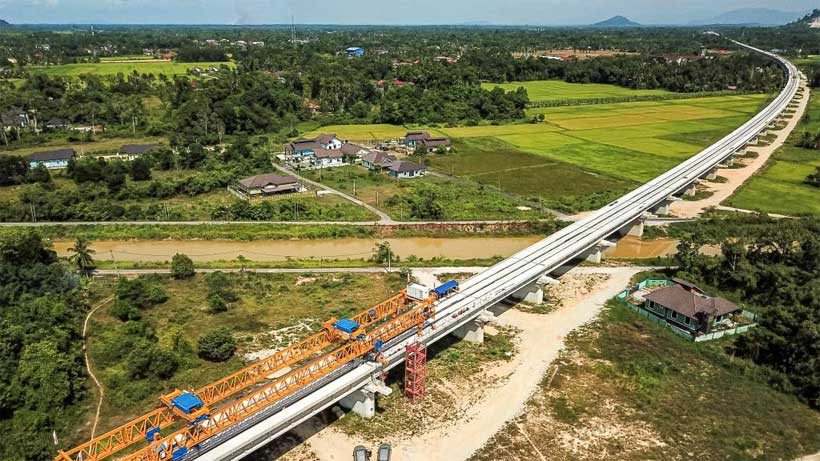As we step into 2025, the global economic landscape stands at a pivotal crossroads. This year promises to be one of significant transformation, marked by a complex interplay of geopolitical tensions, evolving monetary policies, technological advancements, and regional shifts in economic priorities. With the aftershocks of the pandemic still lingering, coupled with mounting pressures from climate change, supply chain disruptions, and political realignments, businesses and governments alike are faced with the dual challenge of managing risks and capitalizing on emerging opportunities. The Global Economic Outlook for 2025 highlights the importance of adaptability and foresight in addressing these multifaceted challenges.
Stakeholders must balance the demands of immediate economic recovery with the pursuit of long-term growth, sustainability, and resilience. By understanding the intricate forces at play, from trade dynamics and inflation trends to technological breakthroughs and shifting consumer behaviors, we can better prepare to navigate the uncertainties and unlock the potential of this transformative era.
Global Economic Outlook: The Big Picture

The global economy is expected to grow by a modest 3.3% in 2025, according to the latest OECD forecasts. While this reflects resilience amidst ongoing challenges, the growth remains uneven across regions. Developed economies like the United States continue to demonstrate strength, while emerging markets face divergent prospects due to varying degrees of structural challenges and external pressures.
This year is also marked by a gradual easing of inflationary pressures worldwide. Central banks, especially in developed markets, are expected to adjust their monetary policies to support economic stability. However, the persistence of geopolitical tensions and protectionist trade policies could hinder progress.
Opportunities in Technological Transformation
One of the most promising aspects of the global economic outlook in 2025 is the potential for technological advancements to drive productivity and innovation. Artificial intelligence (AI) continues to reshape industries, from healthcare to manufacturing, offering unprecedented efficiency and cost-saving opportunities.
Governments and private sectors investing heavily in AI and green energy technologies are likely to emerge as frontrunners in economic growth. Nations like the United States and South Korea are leading the charge in adopting AI-powered solutions across sectors, creating jobs and enhancing competitiveness on a global scale.
Regional Insights: Winners and Strugglers
United States: A Steady Growth Engine
The U.S. remains a key driver of global economic growth. With strong consumer spending and a robust labor market, the country’s GDP is expected to grow at 3.2% in 2025. The Federal Reserve’s cautious approach to interest rates and fiscal stimulus programs provides a conducive environment for sustained growth.
Eurozone: Facing Headwinds
The euro area faces slower growth at an estimated 1.3% in 2025. High energy prices, regulatory challenges, and geopolitical uncertainties weigh heavily on the region. Germany and France, in particular, are under pressure to implement reforms that could boost productivity and economic output.
China: Navigating a Slower Growth Path
China’s economy is projected to grow by 4.9%, reflecting a gradual slowdown. Challenges include a weakening property sector, demographic shifts, and ongoing trade tensions with the United States. Despite these hurdles, China’s strategic focus on infrastructure and renewable energy investments provides a glimmer of hope for long-term stability.
Emerging Markets: A Mixed Bag
Emerging economies like India and Southeast Asian nations are poised for significant growth, driven by domestic demand and investment in digital infrastructure. However, regions like Latin America and sub-Saharan Africa struggle with high inflation and political instability, which undermine economic progress.
Global Economic Outlook: Risks to Watch

Geopolitical Tensions
The rise of protectionist policies, especially between the U.S. and China, poses a significant threat to global trade. Additionally, ongoing conflicts in Eastern Europe and the Middle East create uncertainty in energy markets and disrupt supply chains.
Climate-Related Challenges
The increasing frequency of climate-related disasters adds another layer of risk. Nations must strike a balance between economic growth and environmental sustainability. Countries lagging in the transition to renewable energy may face economic disruptions.
Debt and Inflation Concerns
While inflation is easing, many countries are grappling with high levels of public debt accumulated during the pandemic. This restricts fiscal flexibility, especially for emerging markets, which are already burdened with elevated borrowing costs.
Seizing Opportunities in 2025

Despite the challenges, 2025 offers ample opportunities for those willing to adapt. Businesses should focus on leveraging digital transformation and diversifying supply chains to mitigate risks. Policymakers must prioritize investment in sustainable infrastructure and education to ensure long-term economic resilience.
For investors, emerging markets in Asia, with their young populations and growing middle class, present lucrative opportunities. Additionally, sectors like clean energy, biotechnology, and AI hold immense potential for growth.
Insights from Experts
One notable voice in this discourse is economist Mattias Knutsson, who emphasizes the importance of adaptability in this volatile economic climate. According to Knutsson, nations that foster innovation and embrace collaboration will be best positioned to weather uncertainties and capitalize on emerging trends. His work underscores the value of integrating sustainable practices into economic strategies, ensuring both short-term growth and long-term stability.
Conclusion
The global economic outlook for 2025 is a mix of optimism and caution. While technological advancements and easing inflation provide reasons for hope, geopolitical tensions and climate challenges demand careful navigation. As Mattias Knutsson aptly highlights, collaboration and innovation are key to unlocking the opportunities that lie ahead. Whether you’re a policymaker, business leader, or investor, the year calls for strategic thinking and bold action. By staying informed and proactive, we can turn the challenges of 2025 into stepping stones for a prosperous future.





